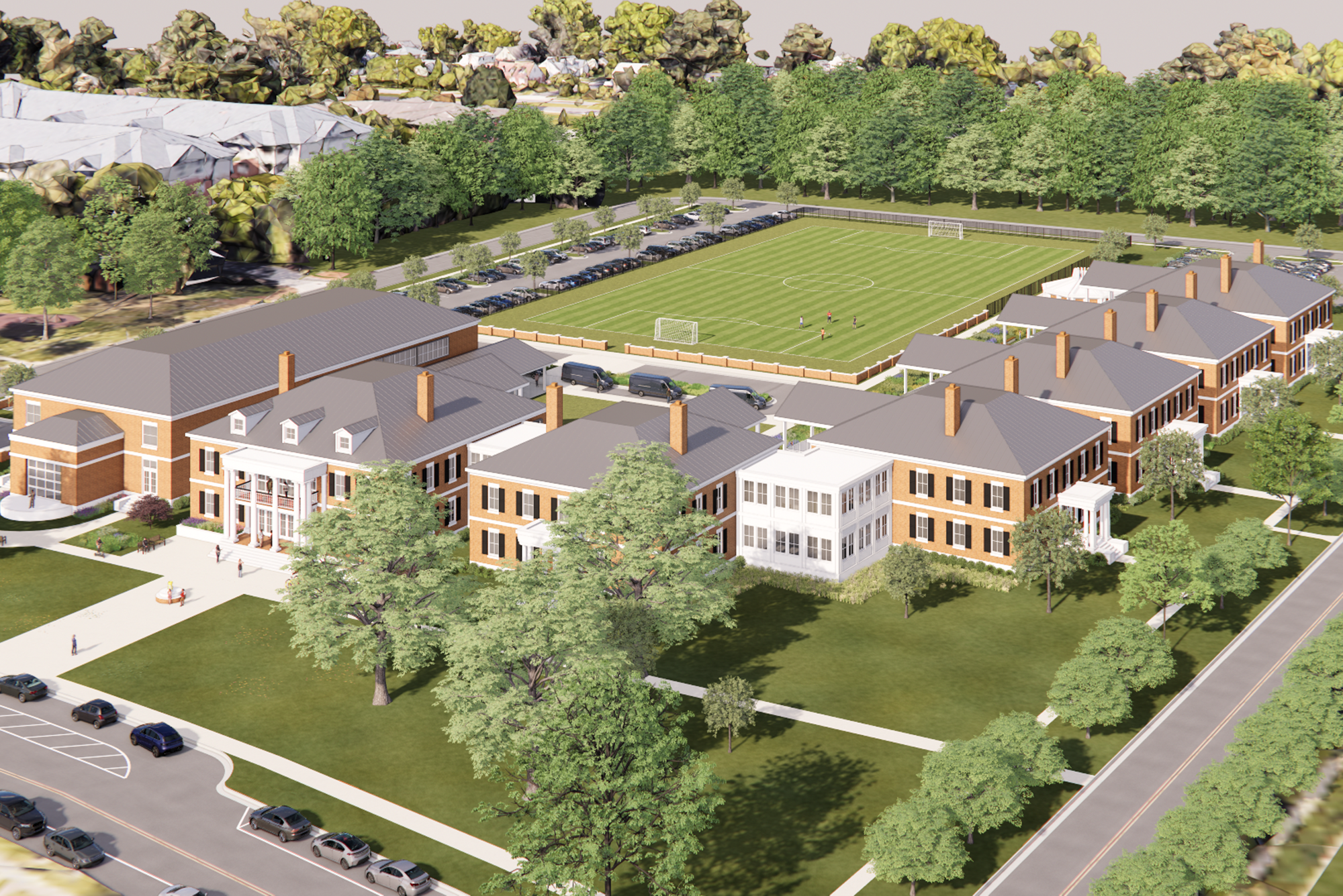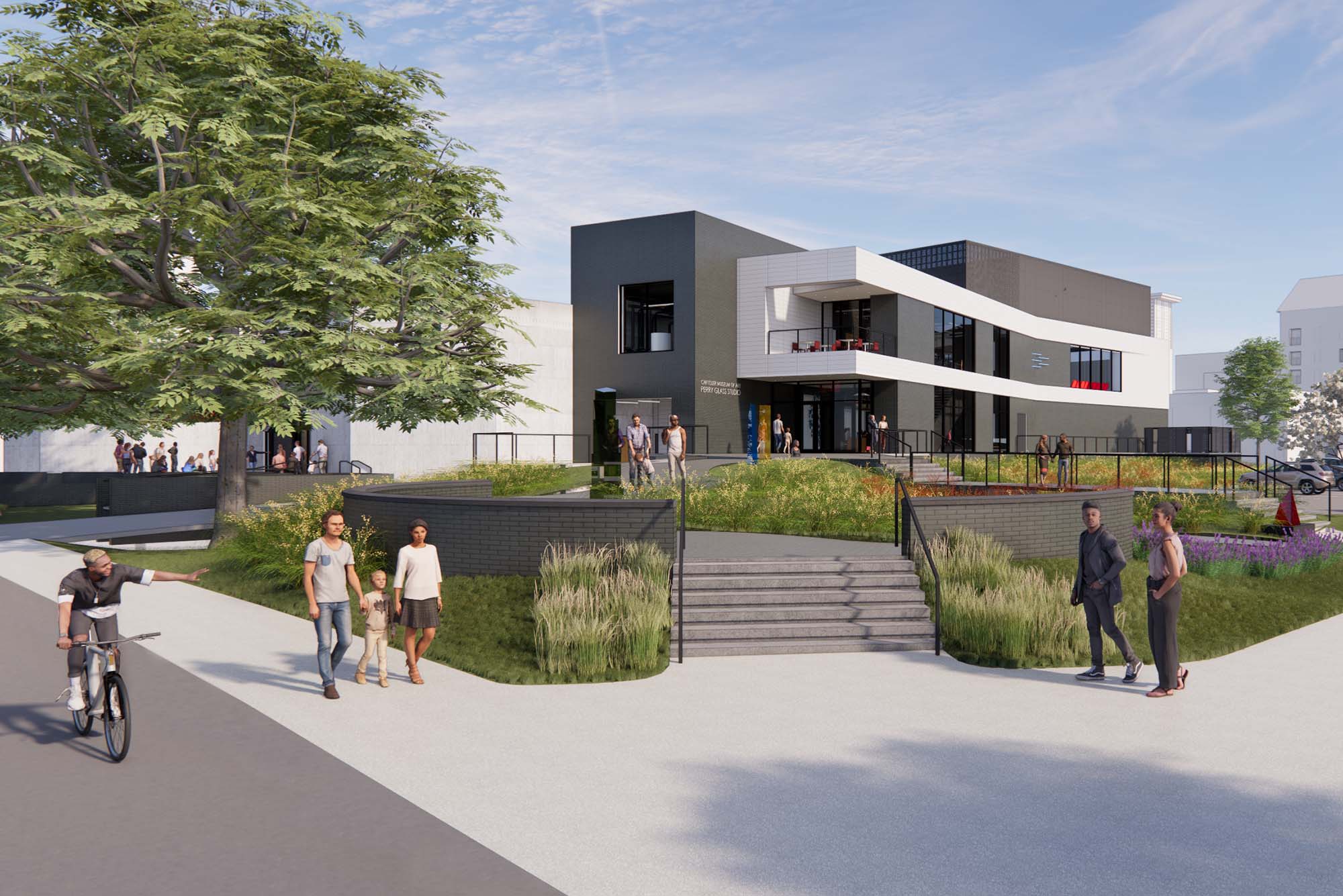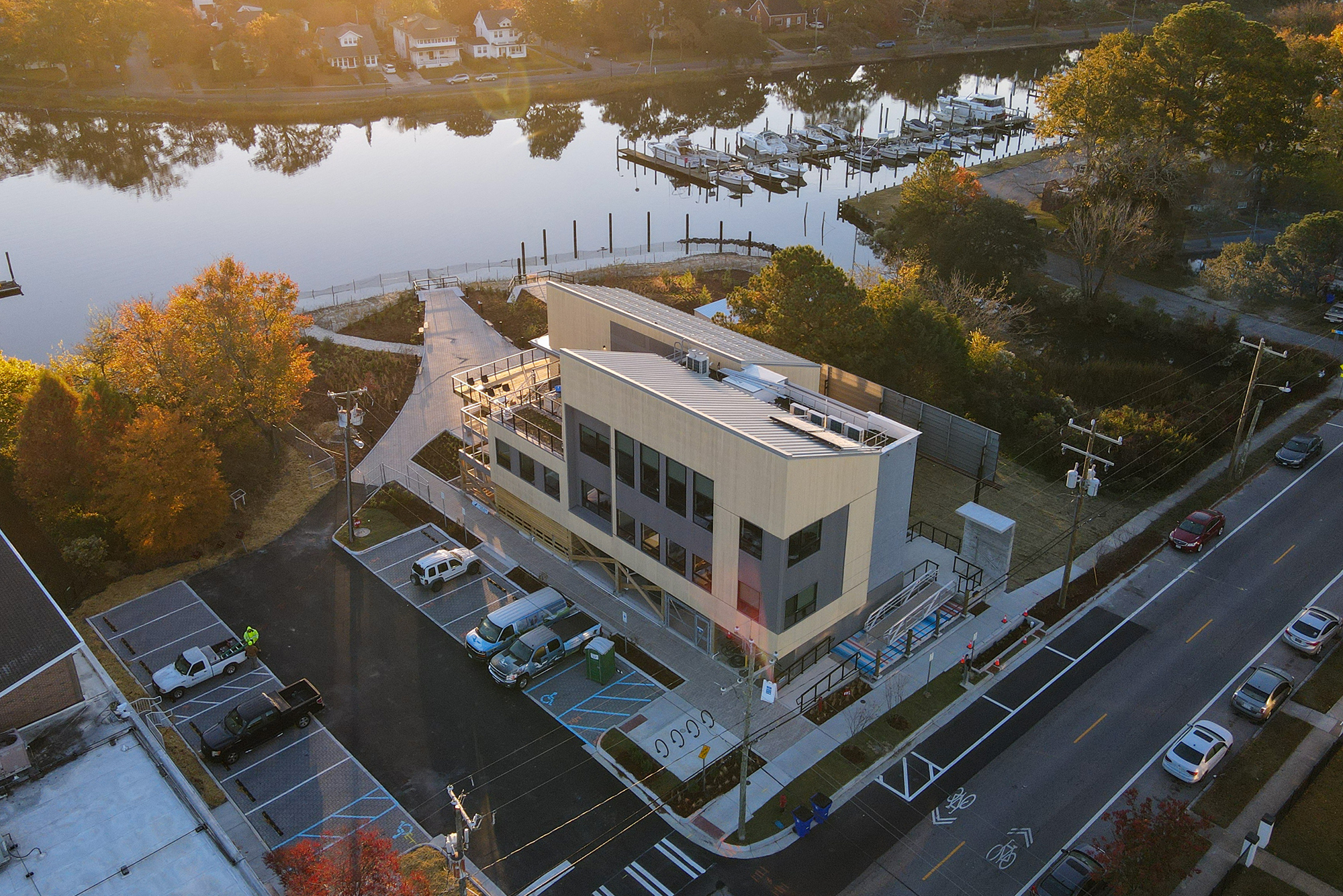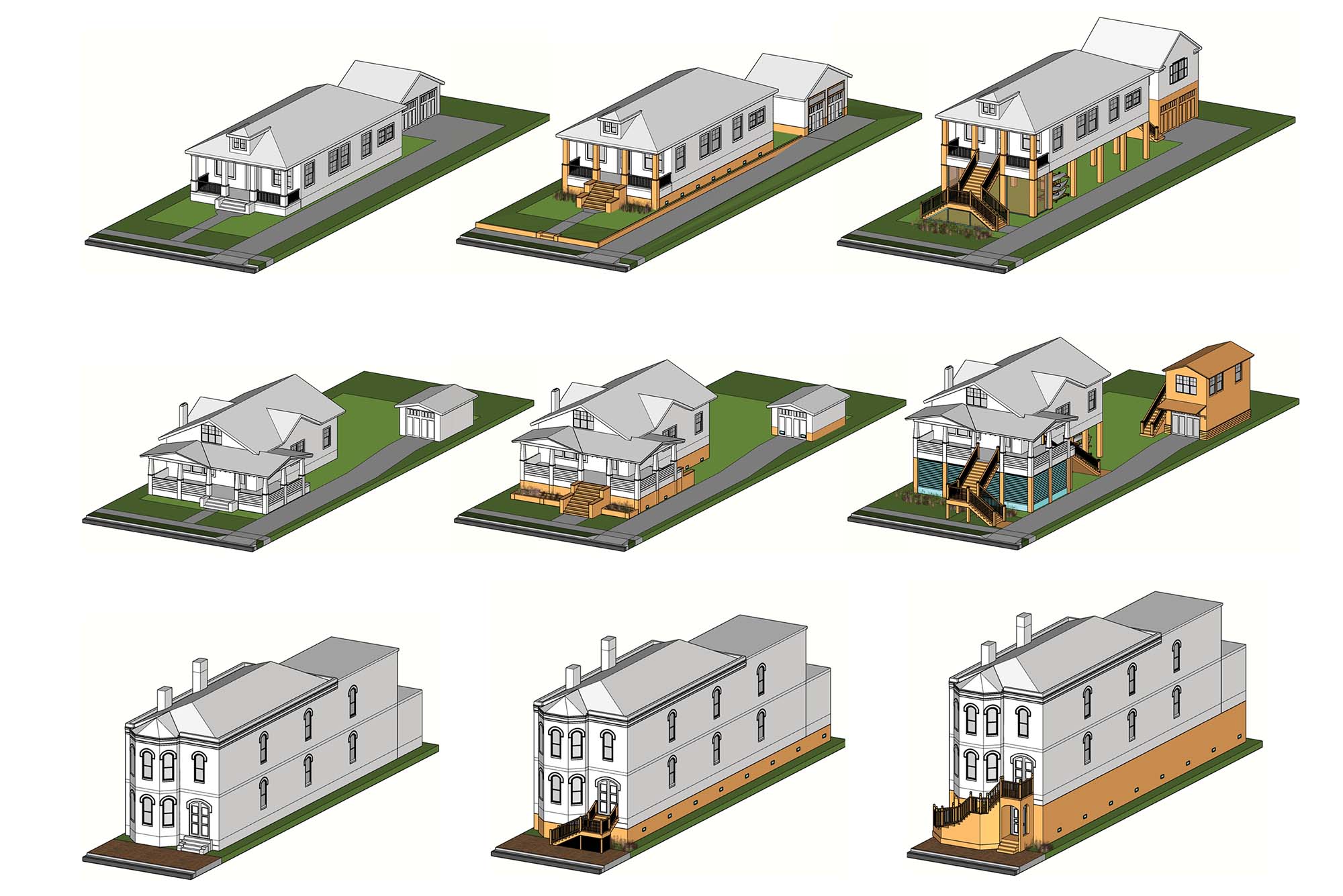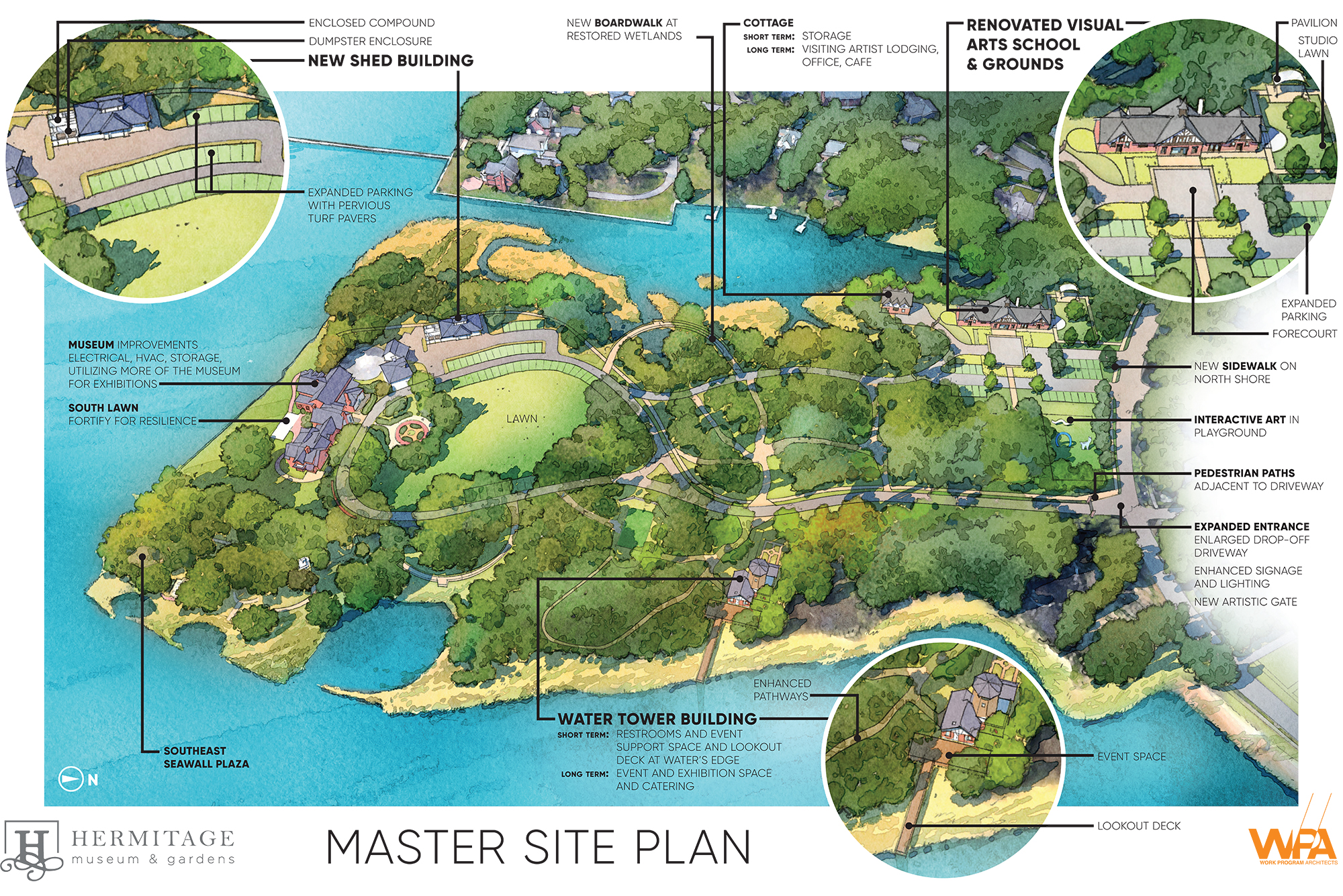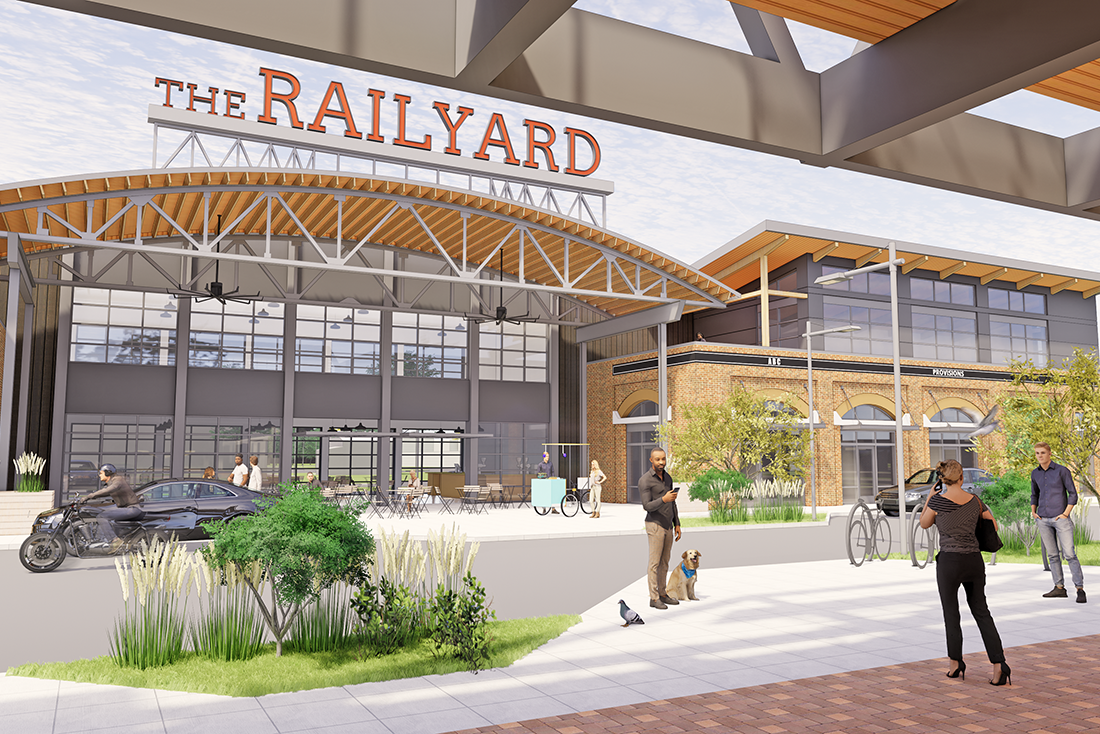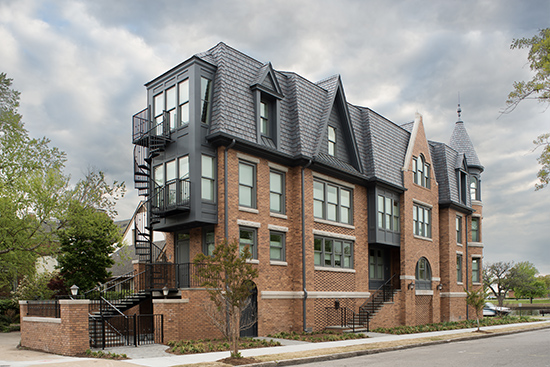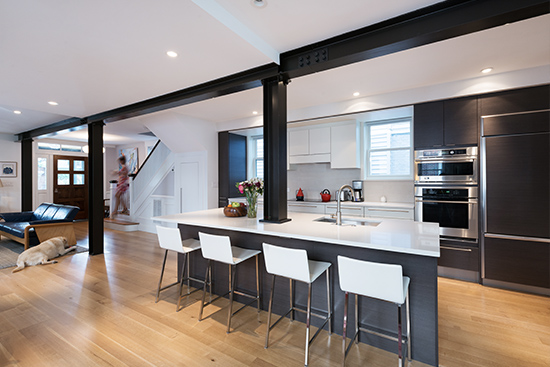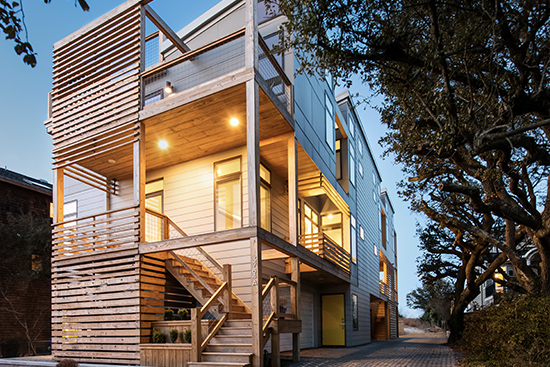Owner
City of Norfolk
Location
*Winner of an American Planning Association — Virginia Chapter 2021 Old Dominion Innovative Approaches Award
PROJECT DESCRIPTION
Something old is new again. Faced with a housing shortage, an affordability crisis and changing demographics, Norfolk’s future housing solution might be found in its own backyard. Some of Norfolk’s oldest neighborhoods are punctuated with a variety of neighborhood-scaled housing options — duplexes, four-plexes, cottage courts — that grew up in the early 1900s but started to disappear in the 1960s with the development of suburbs.
Conceived at a time when multiple generations of families lived in close proximity and people largely relied on street cars, rather than street parking, these traditional neighborhoods had corner groceries, theaters, pharmacies and more — walkable amenities. The concept currently is being revisited as a contemporary way to develop housing for younger people saddled with college debt, baby-boomers who want to age in place, an increasing number of single-family households, and those who want to lesson reliance on automobiles.
Norfolk’s plan dovetails with a national movement to develop “Missing Middle Housing,” a term first coined in 2012 by Daniel Parolek of Opticos Design in Berkeley, Calif., to meet demands for walkable neighborhoods, provide housing at various price points and respond to changing demographics. Traditional zoning’s large lots encourage sizeable single-family homes and often causes developers to join lots to accommodate mid-rise apartment buildings. The two are not compatible in form and scale, nor or they meeting today’s housing needs. “Missing Middle” bridges that discrepancy in scale and allows for diverse ownership models. In other words, choice.
Work Program Architects had the pleasure of collaborating with GARC and Dills Architects on a pattern book to demonstrate how the idea can succeed again. Included are several pilot projects on currently vacant City-owned parcels.
Unique to Norfolk’s plan are several key features:
- Assistance expediting the entitlements process (public approvals) by way of city-wide community outreach and presentations to the Architectural Review Board, City Council, Planning Commission, and neighborhood associations. This would shorten the timeframe and lessen risk for developers to take the risk in developing a new building type.
- Pre-approved small-scale site plans
- Building plans and renderings provided free of charge.
- The pattern book offers traditional layouts as well as modular components for units from 600 S.F. to 2,000 S.F. These mix-and-match components allow developers to maximize available unit types to be applied to different lots and provide context driven solutions. Some layouts offer the ability to add on or build an “accessory dwelling unit” (ADU) for families who suddenly need to accommodate an elderly parent, boomerang child, or work-from-home environment.
“Missing Middle Housing” borrows cues from the past to address our current market-driven and environmental needs. They will contribute to a rich neighborhood fabric and be able to flex with an evolving economic climate.
Click below to view the Missing Middle Pattern Book by Work Program Architects, GARC and Dills Architecture.














